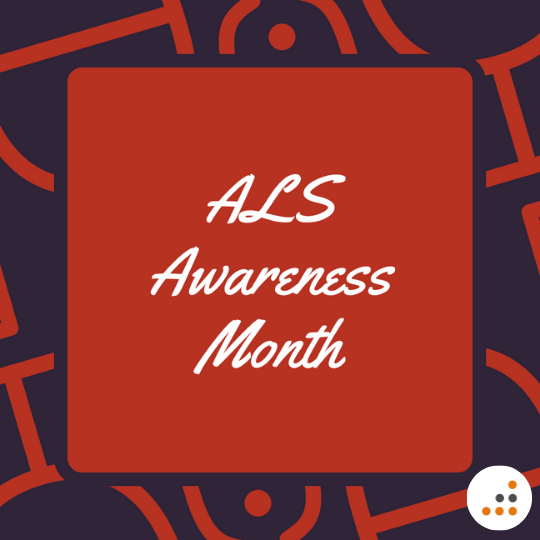 May is ALS Awareness Month, a time dedicated to increasing public understanding and awareness of Amyotrophic Lateral Sclerosis (ALS), also known as Lou Gehrig’s Disease. This month is crucial for spotlighting the challenges faced by those affected by this progressive neurodegenerative disease, which affects nerve cells in the brain and spinal cord, leading to loss of muscle control.
May is ALS Awareness Month, a time dedicated to increasing public understanding and awareness of Amyotrophic Lateral Sclerosis (ALS), also known as Lou Gehrig’s Disease. This month is crucial for spotlighting the challenges faced by those affected by this progressive neurodegenerative disease, which affects nerve cells in the brain and spinal cord, leading to loss of muscle control.Understanding ALS
ALS affects approximately 5,000 individuals in the United States each year, with most people diagnosed between the ages of 40 and 70. The disease progressively weakens patients' ability to walk, speak, swallow, and eventually breathe. Despite extensive research, the causes of ALS remain largely unknown, and there is currently no cure.
The Impact of ALS
Living with ALS can be devastating for both patients and their families. As the disease progresses, patients require increasing levels of care, which can be emotionally and financially draining. During ALS Awareness Month, advocates and organizations work to highlight the personal stories of those living with ALS, fostering a better understanding of the disease and the urgent need for advanced research and treatments.
Advancements in Research and Treatments
There have been promising developments in ALS research, including advances in genetic understanding and new drug treatments. Scientists are continuously working on identifying the genetic factors that might contribute to the disease and are testing various treatment options that could potentially slow its progression. Each discovery adds a valuable piece of the puzzle in the quest to find a cure.
A United Effort
ALS Awareness Month is a call to action for researchers, healthcare professionals, and the public to unite in the fight against ALS. By increasing awareness, supporting families, and investing in research, we can all contribute to a future where ALS is no longer a life-ending diagnosis, but a condition with effective treatments and hope for a cure.
Together, let's aspire to turn ALS Awareness Month into a movement that eventually leads to the eradication of this debilitating disease.